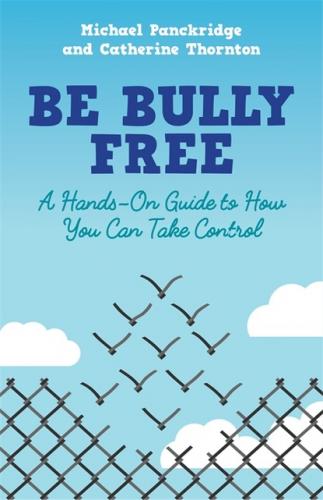Type: Overt/Covert
Type: Overt
Type: Overt/Cyber
Introduction
You’re here. That’s good. Really good. You have made a powerful first step to rid your life, or someone else’s life, of bullying. Thank you.
Bullying. It’s probably more common than you think. Research suggests that between one in four to one in six students are directly affected by bullying at school in any week. Let’s round that out to one in five or 20% of school students. That’s four to six students from your average-sized classroom of 24 pupils. In primary schools, in secondary schools, in private and Catholic schools, in state schools, in single-sex schools, in co-ed schools, in the city, in the country. Small or large, it doesn’t seem to matter. It’s there and it’s happening.
More frightening still is that over 80% of the students in one of those classrooms are aware of the bullying taking place. They are the bystanders. That’s a lot of bystanders. A lot of people who can help. If we can get the people who are standing by and watching to step in – to become ‘insteppers’ rather than remain bystanders – then we will be on the way to breaking the powerful culture of bullying that exists in so many classrooms, in so many schools.
So why are people bullied? It’s a tough question to answer but maybe it goes something like this. There is a kind of social order when people are bunched together, especially groups of kids. Some people may see you as different – hey, maybe you have red hair, or maybe your skin colour is not the most common skin colour in your school, or perhaps you’re super brainy at maths. Do you speak in a slightly different way than most others? You’re wearing those shoes? OMG, I can’t believe she said that. You get the idea? The bullying that goes on is often an attempt to reaffirm social order. Some people are a little threatened by others who are different so they want to set things straight. They want the order of things to remain stable. Putting someone down is a bully’s way of ensuring that they stay on top, that they keep their elevated status in terms of social order. Of course, it’s a lot more complex than that and there are all sorts of other reasons why people bully. Sometimes people don’t even know they are actually bullying someone. Their behaviour might stem from how they were brought up and relate to role models in their family. It’s who they are.
The good news is that there are a number of ways to deal with bullying. Some will suit you better than others, depending on the type of person you are. That’s okay. Actually, reading the strategies that accompany each of the scenarios or stories will help you get a better sense of the sort of person you are and therefore what strategies will work.
Dealing with bullying can be tough; it can be painful; it can hurt. It can hurt more than the actual bullying. That’s because you’re dragging the bullying out of a dark corner and bringing it into the light. And you’re bringing yourself into the light also. And that’s not an easy thing to do for some people. It would be so much easier just to ignore it, pretend it’s not happening.
For some of you it’s going to be really hard to do what’s required to move beyond the bullying situation. But that’s not a reason to not give it a go. By allowing it to continue you are defining yourself as a victim and perhaps setting a tone for yourself that will stay with you forever. You’re reading this book so already you’re trying to set a different tone. A different you. A stronger, more forthright you. A person better in touch with what you believe in, what you hold strong to. A person willing to stand up for yourself and not tolerate bullying in any form.
One more thing. Sometimes there isn’t a happy ending. It’s not always going to be hugs and kisses and make up and everything now is just so perfect.
In this book you will find dozens of answers and suggestions, examples and ideas, tips and definitions. But the ultimate answer lies with you. The goal of this book is to empower you to stand up and deal with any bullying situation – firmly, confidently, directly and immediately. You won’t carry this book in your hip pocket for the rest of your life. But if you take on board the ideas and suggestions and use them with a firm commitment to becoming a stronger, more confident person, then hopefully you’ll live each day with purpose, poise and direction.
Now read on and get ready for your world and the world of those around you to be a much better, much happier place…
What Is Bullying?
Bullying is when a person or a group of people continue to pick on another person or group of people to upset or hurt them. The hurt can be physical harm or, by the use of words written or spoken directly or indirectly to the recipient, make them feel sad, hurt, ashamed, rejected or humiliated.
AND WHAT IS NOT BULLYING?
If a one-off argument takes place, this is not normally considered to be bullying, especially if the two people are considered to be of equal power in a social sense.
THE BYSTANDER?
A bystander is someone who is aware of the bullying happening but doesn’t intervene to stop the bullying. Away from where the bullying takes place, the bystander might sometimes talk in a helpful manner to the recipient.
AND THE ‘INSTEPPER’?
This person steps forward in an active manner and by actions or words attempts to both stop the bullying and support the recipient.
WHAT TYPES OF BULLYING ARE THERE?
There are basically three types of bullying.
1.
